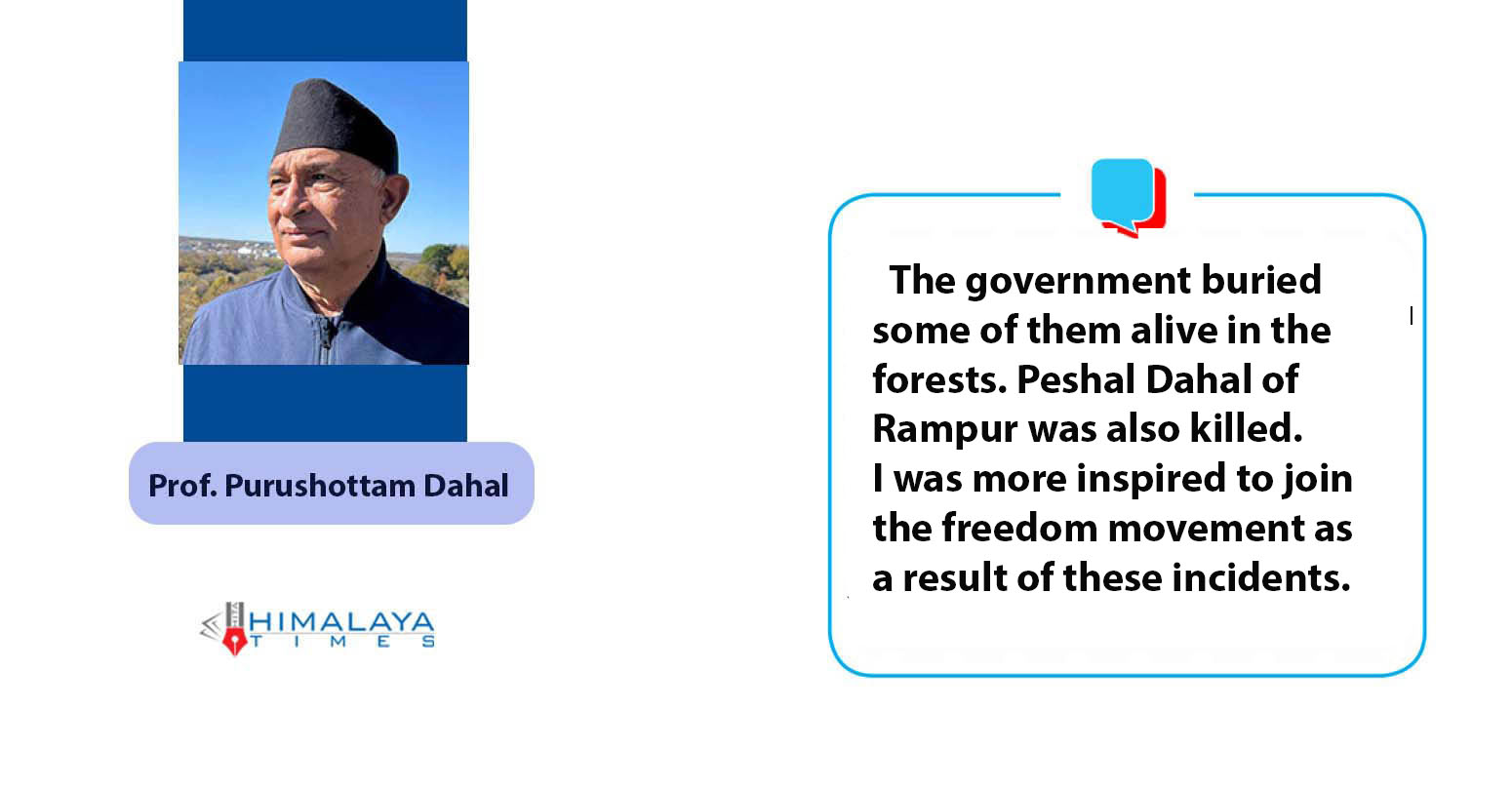
For the past 10 years, the “World Soil Day” is celebrated on December 5th to raise awareness about the importance of healthy soil and sustainable soil management. In Nepal, soil health plays a vital role in agriculture and food security, given the country's unique geographical and environmental conditions. This year, 'World Soil Day 2024' focuses on the theme: 'Caring for Soils: Measure, Monitor, Manage,' highlighting the importance of accurately assessing soil's physical, chemical, and biological properties. Such data is essential for informed decision-making and sustainable practices that can address soil degradation and enhance food security in Nepal.
Commitment by organizations in Nepal
Organizations like the National Soil Science Research Centre (NARC), the Department of Agriculture (DoA), the Food and Agriculture Organization (FAO), the Nepalese Society of Soil Science (NSSS), The Nepal Seed and Fertilizer (NSAF), CIMMYT, The Rural Enterprise and Economic Development (REED), Practical Action, and Food and Nutrition Security Enhancement Project (FANSEP) are collaborating to celebrate World Soil Day from December 2–5, 2024. Planned activities include TV talk shows, panel discussions, soil testing campaigns, a TikTok video competition, a soil champion award, and a closing ceremony with presentations on the theme.
Why Healthy Soil?
Soil is the Earth's uppermost layer, composed of minerals, organic matter, liquids, gases, and organisms. It provides the foundation for plant growth and supports ecosystems. Healthy soil promotes plant productivity, featuring a good structure, balanced air and water content, and sufficient pore space to facilitate the movement of water, air, roots, nutrients, and organisms. It contains both micro and macro nutrients necessary for healthy plants and holds enough organic matter to retain water and enhance nutrient cycles and biological activity.
Healthy soil also maintains a neutral pH to ensure nutrients are available to plants. Other vital characteristics include low compaction, minimal erosion, high water retention capacity, and the presence of beneficial microbes. Ideally, soil consists of 50% pore space (air and water), 5% organic matter, and 45% minerals such as sand, silt, and clay. Unfortunately, soil quality is deteriorating due to natural and human activities, leading to decreased productivity. Climate change further compounds this issue, with studies predicting a 21% decline in farming productivity. Seven of the 17 Sustainable Development Goals (SDGs)—SDGs 2, 3, 6, 11, 13, 14, and 15—are directly linked to soil resources. This underscores the urgent need for regular soil assessments and the adoption of appropriate technologies to ensure soil health.
Challenges in Attaining Sustainable Soil Management
Analyzing soil properties like organic matter, nutrients, carbon content, texture, and pH is critical for improving soil fertility. Regular soil data collection enables the development of climate-resilient agricultural systems, supports institutions in creating adaptation strategies, and encourages farmers to adopt sustainable practices.
In developed countries, farmers benefit from easy access to advanced laboratories and skilled personnel for regular soil testing. In Nepal, however, soil testing facilities are limited and often located far from rural farmers. As a result, only a small number of commercial farmers conduct regular soil tests. Traditional farming practices, land fragmentation, urbanization, poor management, and climate change exacerbate soil fertility challenges.
Nepal, with only 16% of its land arable, faces significant food security challenges. The remaining 80% is mostly hilly or mountainous, making cultivation difficult. Studies by the National Soil Science Research Centre, Nepal Agricultural Research Council (NARC) reveal alarming issues including soil acidity (66%), low organic matter (23%), and the deficiencies in phosphorus, potassium, zinc, and boron. Such nutrient deficiencies not only impact crop yields but also reduce the nutritional quality of food, leading to health issues like hidden hunger among children and pregnant mothers.
Pathways and Strides Towards Sustainable Soil Health Management
To address declining soil health, consistent monitoring and analysis are crucial. Reliable data on soil conditions help identify problems and guide sustainable management practices. Nepal's diverse ecology requires site-specific solutions to optimize fertilizer use and nutrient efficiency.
The Government of Nepal has established soil and fertilizer testing laboratories in each province. To further support farmers, NARC and CIMMYT launched a Digital Soil Mapping platform (https://soil.narc.gov.np) in April 2021 (Chaitra, 2077), providing localized soil property information to provinces, districts, and municipalities.
Call to Action
In the face of climate change and its unpredictable effects on agriculture, it is vital to manage soil resources using practices that enhance resilience. This year's slogan: “Caring for Soils: Measure, Monitor, Manage” emphasizes the need for regular soil assessments. Accurate measurements not only provide insights into soil conditions but also enable effective strategies to improve soil health, ensuring a sustainable future for agriculture and food security in Nepal.
Writers:
Shova Shrestha (PhD), Soil Scientist, National Soil Science Research Centre (NSSRC), Nepal Agricultural Research Council
Sujan Maharjan, Under Secretary, Building a Resilient Churia Region in Nepal (BRCRN), Ministry of Forests and Environment
Powell Mponela, (PhD), Scientist, CIMMYT-International, CGIAR



















Middle-aged man spends millions to
Dr. Dharam Raj Upadhyay: Man
Breathing The Unbreathable Air
Comprehensive Data Protection Law Critically
Gender Differences In Mental Healthcare
Erosion of Democracy